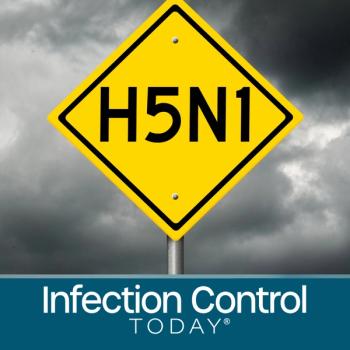
COVID-19 Updates for Infection Preventionists
One news item: Hospitals will now be reporting COVID-19 information to the National Guard instead of to the CDC through the TeleTrack system within the Department of Health and Human Services.
There’s so much going on each day in terms of coronavirus disease 2019 (COVID-19) news that it often feels overwhelming and challenging to piece together what is critically important for infection prevention efforts during these times. Below are some of the hot topics and news that has come up recently that as an infection preventionist, is important we are aware of and can respond to.
COVID-19 Reporting to CDC Through NHSN
While we have been utilizing the National Healthcare Safety Network (NHSN), it was
On July 9, the US Centers for Disease Control and Prevention (CDC) updated guidance for infection prevention efforts against COVID-19. Per the CDC, they “clarified that the recommendations for universal use of eye protection (in addition to a face mask) for HCP working in facilities located in communities with moderate to sustained SARS-CoV-2 transmission is intended to ensure HCP eyes, nose, and mouth are all protected during patient care encounters.” While use of eye protection has been a part of personal protective equipment (PPE) recommendations since May, this specified the use around local transmission. Ultimately, this means that as states are in various points in their COVID-19 activity within the community, universal eye protection requirements can reflect those fluctuations. For those in low community transmission areas, eye protection isn’t a recommendation for all healthcare workers. Whereas, those in areas with moderate to sustained local transmission should ensure all healthcare workers wear eye protection, regardless if they anticipate caring for COVID-19 patients. It’s likely this will be the first of many efforts to be implemented based on local transmission.
Testing Delays
As many states are seeing surges in cases, delays in testing are
Newsletter
Stay prepared and protected with Infection Control Today's newsletter, delivering essential updates, best practices, and expert insights for infection preventionists.






